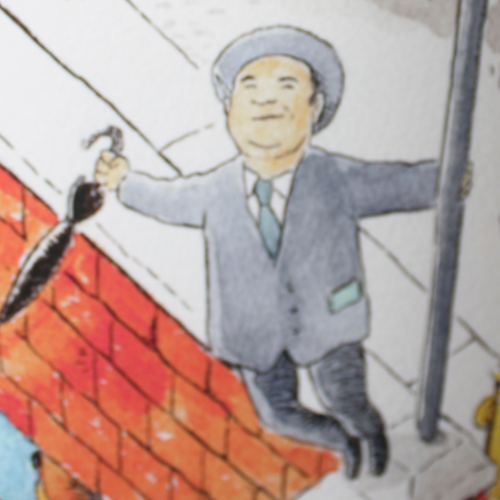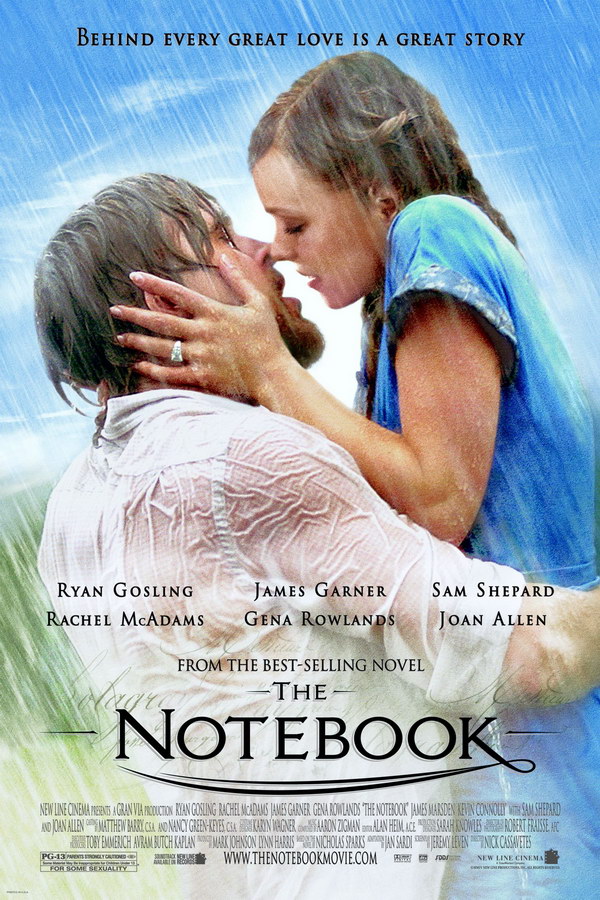
Image courtesy of pinimg.com
“You was my brother, Charley. You shoulda looked out for me a little bit. You shoulda taken care of me just a little bit, so I wouldn’t have to take them dives for the short-end money. I coulda had class. I coulda been a contender. I coulda been somebody instead of a bum, which is what I am.”
Charley (Rod Steiger) is brother to Terry Malloy (Marlon Brando), a dockworker informant for mobsters that exploit laborers at the waterfront. In this, one of cinema’s most famous lines, Terry grieves for his lot among the lowliest of humans. He had made a wrong choice, though one done out of family loyalty. Mobster head, Johnny Friendly (Lee J. Cobb), had betted against Terry in a boxing match that could have put our hero in the big league. Terry had the skill, the drive, and the moves to be a champ, a title his for the taking. But for Friendly to win his bet, thus keeping Charley in good stead with the crook of a surrogate father, Terry took the plunge… in match after match, again and again… until his reputation dwindled from promising to hopeless. His name synonymous with loser, Terry finds himself under Friendly’s thumb. The situation doesn’t seem that bad, seeing that Charley had once been there and is now a big guy clad in fine threads.
One problem: Terry falls in love. She’s Edie Doyle (Eva Marie Saint) – porcelain fragile in appearance yet tough, unrelenting, and at the vanguard of civil justice – and she awakens in Terry a conscience. The neighborhood priest, Father Barry (Karl Malden), is also on his back, ceaseless in his attempts to galvanize our hero towards vindication. Instead of double crossing his fellow downtrodden, Terry should battle against the real bad guys, cooperating with the cops to lock them in handcuffs. The pugilist can either stay a bum or prove himself a winner in the most important fight of his life.

Image courtesy of t-nation.com
Gangsters and shoot-outs, men beaten to a pulp and men thrown off building rooftops… this is not the standard way of living for most of us. Still, “On the Waterfront” (1954) is a classic because something about it conveys a universal truth. Think of instances when we’ve wrestled with our conscience, when we’ve complied to the wishes of one to whom we felt indebted even though the decision was unsettling to our nerves. My own conscience was first put to the test at a very young age. John, my best friend in the fifth grade, convinced me to be an accomplice in stealing a packet of Sanrio stickers from a girl named Claudia. (Sanrio stickers… of all the idiocy.)
Claudia was an easy target. She was Chinese with brownish hair styled after a broom. Some of us guys taunted her with the sobriquet Claudia Kaboogabooger because she picked her nose. John and I were ourselves an odd coupling. I was called Fagalito, while he, being half Filipino and half American, went by the surname of Peralta when in the Philippines and Smith when in the United States. He was a thin boy with bristly hair, faint freckles, and a Richard Simmons aerobicized sprightliness. John got my complicity by telling me a tale of apples he used to pluck from a neighbor’s tree. When the neighbor caught him, rather than chastising or telling his parents, the man allowed him to continue plucking as many apples as he wanted for as long as he wanted. So theft was not a crime; it was a communal act. That settled it. I so wanted those Little Twin Stars and Hello Kitty adhesives.

Image courtesy of wordpress.com
The robbery was easy. Each student was designated a cubby hole to store one’s things. The stickers were in an album with magnetized pages. We did it during recess, two packets each. We would have gotten away with it had John not given one packet to a girl he liked, Marianna, a dancer in ponytail who was walking around class with the loot pressed to her bosom. “She stole my stickers,” Claudia told me with eyes seething.
What happened next was a trial of loyalty and ethics. In “On the Waterfront,” Terry Malloy is childlike, a sensitive soul on the wrong side of the law due to familial allegiance, muddled over a killing his snitching precipitates. His boyish lamentation: “I thought they’d talk to him. I thought they’d talk to him and get him to dummy up. I figured the worst they was gonna do was lean on him a little bit.” I myself was perturbed over the hurt I had caused Claudia because she was somewhat of a friend. Her two older sisters were high school besties to my sister and remain close to her to this day. More than that, I had known John’s apple tale to be bogus; I just needed something to legitimize what we have all been taught goes against the grain of human decency.
Our teacher, Mrs. Engwa, beloved by us fifth graders for being motherly but young and pretty with long black hair held back by a decorative clip (so girlish was she) had John, Claudia, and Marianna stay after class. John requested my presence, while Marianna requested the presence of her BFF, Sue, a Korean girl who cut the image of the pristine student – black-rimmed glasses, baby doll frocks, and a mullet cut. I couldn’t say no. Such guilt was already anchoring me down. “Who else is involved in this?” Mrs. Engwa asked John in a comforting tone, as two of the four sticker packets were yet unaccounted for. Sue, always assertive and smart, a pro of a philatelist at 11, adapted the tone of a judge. “Yes, John, who else?”
Image courtesy of gstatic.com
John was quiet, didn’t budge. He refused to name the other guy. No matter how hard Mrs. Engwa and Sue coaxed, how intently Claudia and Marianna fixed eyes on him, he was quiet. We were seated at a desk, in an air-conditioned room with a carpeted floor – a cozy environment – but I was suffocating. I got off my chair, fell to my knees, and said, “It’s me. He made me do it.” In an instant, I revealed myself to be a thief, a liar, and a coward, pointing a finger at another in an effort to elude blame. A hush befell all, this mixture of dismay, disgust, and disappointment.
The stickers were returned to their rightful owner. Mrs. Engwa allowed us boys to go free but warned that should we do this again, our parents would be notified. Within days, we were back to our name calling of Fagalito and Claudia Kaboogabooger, trading stamps, and gathering on the floor as Mrs. Engwa sat above us in a chair to read us a story. Such is childhood. We easily forgive and forget, and friendships are transient. Come the sixth grade, John and I barely talked. Still, some lessons stay with us for the rest of our lives. I had never felt uglier as I did at that moment of confession, on my knees and in tears. In retrospect, the incident strengthened my moral fiber.
There’s this perennial debate: is man inherently evil or is man inherently good? I believe in the latter. I see evil as a necessary trial to overcome in order for us to discover the path to righteousness. And so we cheer for Terry Malloy. Sure he’s a bum. But he’s got the smarts to admit it and the heart to do something about it.

Image courtesy of static.rogerebert.com















